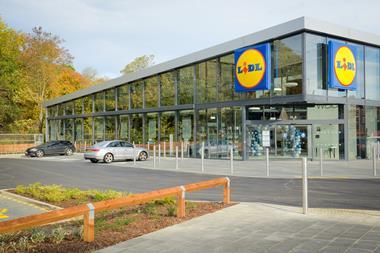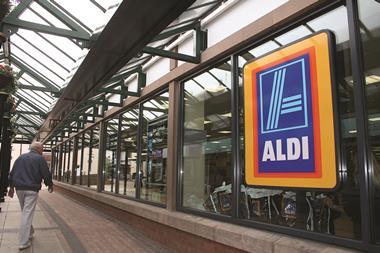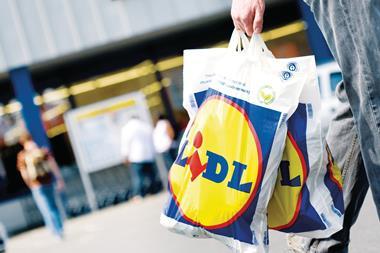The limited assortment discounters (LADs) are not having as much fun as they used to.
For the last year or so the trading momentum has been the easing out of their collective engines: most notably we should not forget, with Sainsbury’s and Dansk closing Netto.
Why should this be the case?
Well, as usual, there is a confluence of streams behind such change.
It is important that we acknowledge the success of Aldi and Lidl in the UK in recent years and their entrepreneurial skill and success.
They were given an opportunity, seized it with both hands and have caused seismic structural change to the British grocery industry.
“Some time ago we asserted that things had ‘got as good as they were going to get’”
As such, theirs is a tale of great success.
That success is also a part of the growing challenges that they face today.
Many of the LADs’ outlets overtrade, which always means that some at the back of the queue may put their baskets down and go somewhere else.
Additionally, they also have tough multi-year comparatives.
While this is all commendable and understandable, there are other factors at play that are leading to more structural challenges for the discounters.
Some time ago we asserted that things had ‘got as good as they were going to get’.
That’s down to two main factors.
Margin matters
Firstly, the LADs have evolved to try and capture more of the market.
They have ‘gone up the value chain’ – perhaps Lidl more than Aldi – by introducing larger ranges, premium lines, chill chains and proprietary brands.
All this generates cost.
Secondly, the value-based superstores – Asda, Morrisons and Tesco UK – have smelt the coffee, often with a new driver in the cab, and are now encroaching into the LADs’ space, leading a growing number of customers to increase their basket activity at the superstore to the detriment of the discounters.
Fresh food and proprietary brands are key battlegrounds here.
“I visited an Aldi yesterday on the Wirral that looked like it had been subject to a classroom brawl”
The LADs may display a pricing advantage, but the differential is, we suggest, continuing to narrow.
Add on superior services and shopping experiences – I visited an Aldi yesterday on the Wirral that looked like it had been subject to a classroom brawl – and one can see why the pendulum is swinging slowly back the other way.
The superstore is a more pleasant place to shop again.
Make no mistake; the grocery discounters are not going away from Great Britain.
They will most probably continue to gain market share through new (costly) space and they will be poised to take more custom again if the superstores return to complacency.
However, superstores have learned their lessons and the cost of doing business in the UK is rising for the LADs.
“If they want to continue to be very price aggressive, they will also need to think about a possible implosion of margins”
The discounters have so far benefitted from their positive operational gearing but with the ambient inflation they face, and the possibility of negative like-for-likes, that gearing will probably turn negative.
If they want to continue to be very price aggressive, they will also need to think about a possible implosion of margins.
We expect the next five years to be much more challenging for the grocery discounters.
However, given how truly useless the superstores were for a while, that isn’t such a big claim.
How they deal with the pendulum swinging back will be interesting, especially if it is the more aspirational shoppers that return to the fold at the large stores.
Less fun is ahead.
- Clive Black is an analyst at Shore Capital


























No comments yet